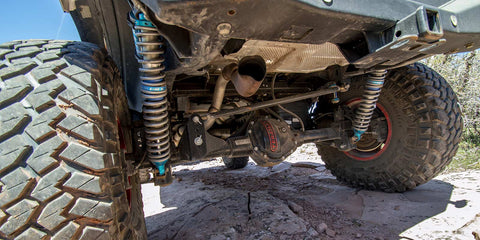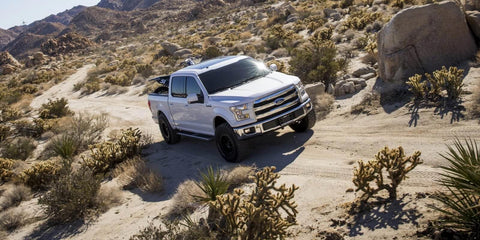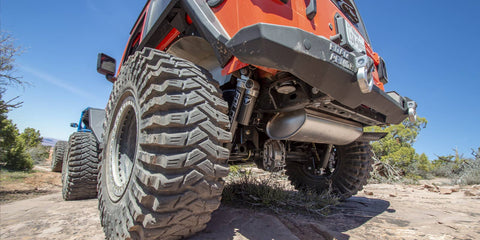What are Digressive Rate Shocks & Pistons?
Posted by Brandon Sevestre on

Firm Damper Characteristics
- A firm damper will ride stiffer over bumps, feel harsher through potholes
- The more force in the low-shaft-speed range, the better control the driver has over the vehicle; such as reduction of body roll through corners.
- Too stiff and the car will become unsettled over bumps, too soft and the car will be floaty.

Coilovers featuring Digressive damper rates are one the new hot ticket items to hit the aftermarket suspension industry, but are they worth the hype? To understand the massive benefits of a digressive rate piston we first have to understand what high speed and low speed compression each control in regards to your ride and handling.
High Speed Compression vs. Low Speed Compression
- High speed compression is the firmness of your damper in high speed events. This is responsible for how your car reacts over bumps or rough surfaces.
- Low speed compression, as you might imagine, is the firmness of your damper over low speed events, meaning how firm the damper is at managing body motions attributed to driver input. Think squatting under throttle input, diving under braking, and body roll around turns.

The Benefits of a Digressive Rate Piston
The magic of the digressive rate piston is that it can retain softer and compliant high speed compression characteristics while having relatively stiff low speed compression characteristics.
Experience the future of smooth rides with Suspension Direct shocks. Engineered for precision, these shocks offer unparalleled comfort and control. Transform your driving journey with cutting-edge suspension technology. Upgrade to Suspension Direct and feel the difference on every road.
Pros - Firm low-speed compression means less body roll, nose dive, better daily driven handling.
Cons - not as 'soft' or 'plush' as a linear piston counterpart (Fox, Rancho)
This makes the shock incredibly active and compliant over bumps and rough roads while being firm and resistant towards unwanted body motions making the car that much more stable. Essentially you can have a setup that will do a better job of managing unwanted body motions while also still providing a compliant ride, so that you can achieve the maximum performance of your vehicle possible while making less compromises.





